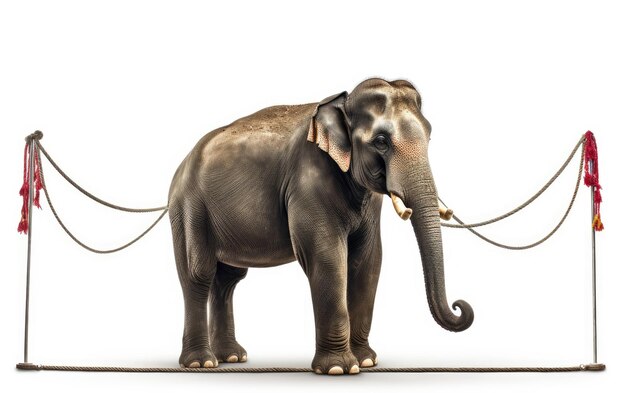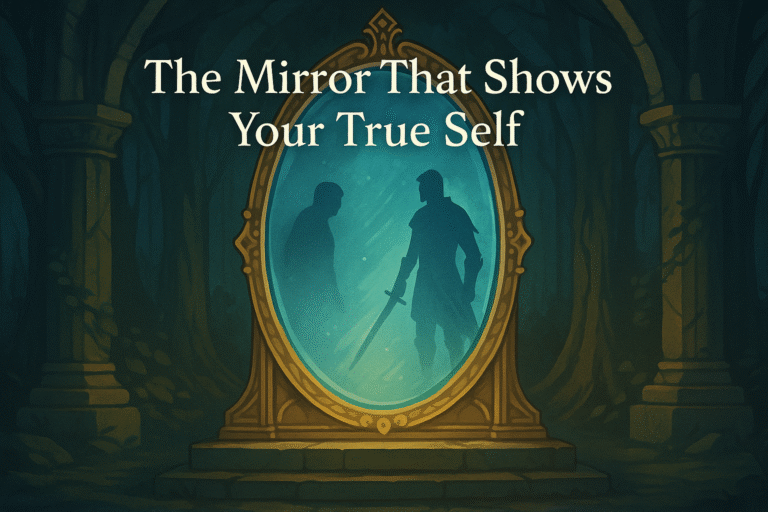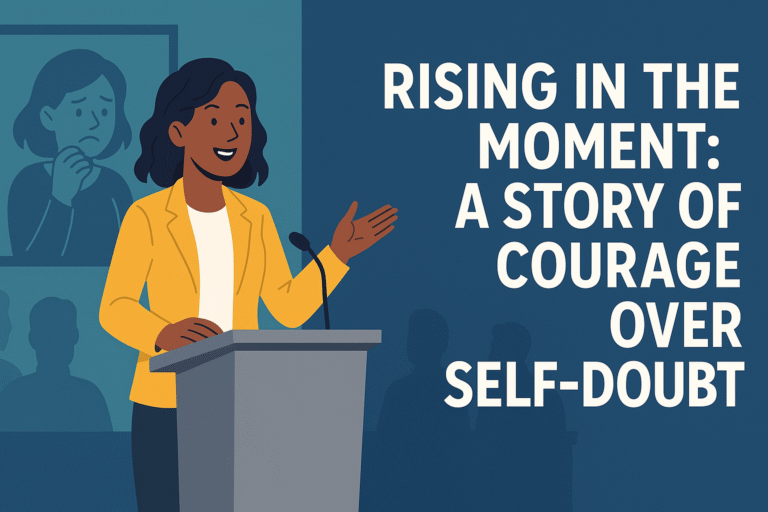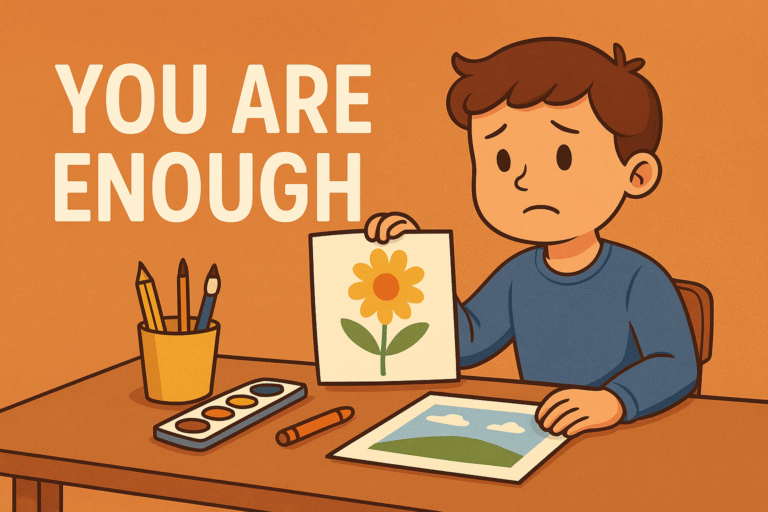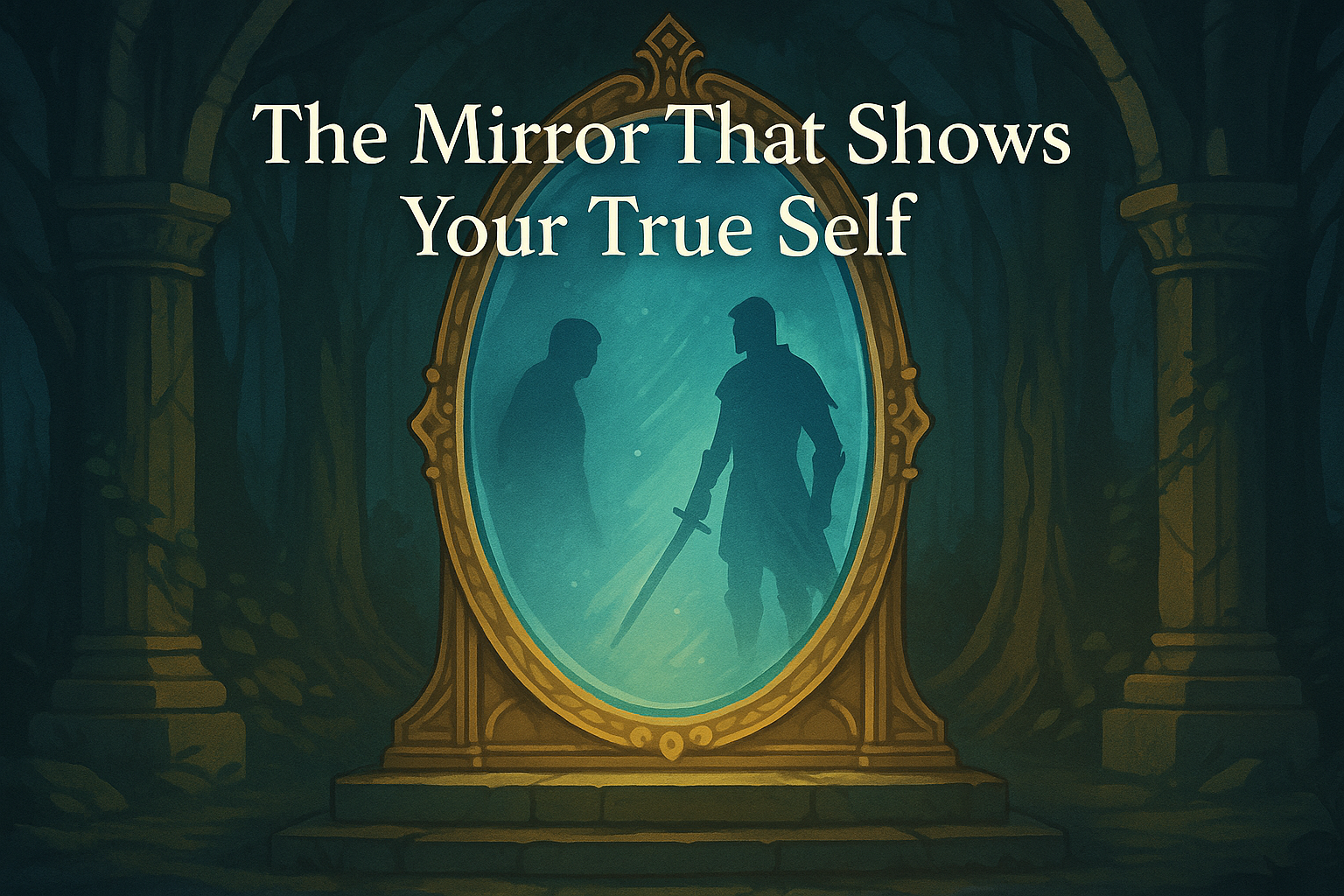The Elephant and the Rope: A Life-Changing Story About Limiting Beliefs
Introduction
Imagine visiting an elephant camp and seeing these magnificent creatures—each one easily capable of uprooting trees—still obediently standing at attention, held in place by nothing more than a thin rope tied to a small stake. Confused, you ask the keeper why they don’t simply break free. His answer unlocks a powerful truth about human potential:
“When they were young, that same rope was strong enough to hold them. Now that they’re grown, they’ve never tried to break free.”
In this simple parable, we find a mirror for our own lives: we often remain stuck, not because of physical constraints, but because of beliefs formed in our past.
The Story: When Strength Meets Limitation
- A Childhood Lesson
- As baby elephants, they learned quickly that the rope—and by extension, authority—was unbreakable.
- Every escape attempt failed, so they stopped trying.
- Adulthood and Complacency
- Decades later, the same rope lies slack—but the elephants stand still.
- Their mind is trapped, even though their bodies are free.
- The Keeper’s Wisdom
- The camp staff use this knowledge to manage beasts that could otherwise roam.
- It’s a living demonstration: we act in accordance with what we believe is possible.
This story isn’t just about elephants—it’s about you. Every self‑imposed “rope” in your life stems from beliefs you’ve internalized: “I’m not good enough,” “I’ll never have time,” or “I don’t deserve success.” Just like the elephant, you may be far stronger than these old ideas about your limitations.
Understanding the “Invisible Rope”
- Conditioning over Time
Our earliest experiences—whether teachers, family, or societal expectations—shape our beliefs more than we realize. - Invisible Yet Potent
Unlike a visible rope, limiting beliefs operate in the subconscious. You don’t see them, but they guide your actions and choices. - Comfort in Conformity
Challenging these beliefs feels risky. Staying “safe” under the rope seems easier than testing your strength.
Key Takeaways
- Beliefs Define Boundaries
What you think you can—or cannot—do determines your reality. - Past ≠ Present
Patterns that once protected you may now be holding you back. - Strength Lies Within
You possess the same power as your subconscious doubts—if not more. - Awareness Is the First Step
You cannot change what you don’t recognize. - Action Breaks Chains
Even small efforts to “test” your limits can spark profound change.
5 Steps to Break Your Limiting Beliefs
- Identify the Rope
- Write down one belief that feels unshakable—“I’m too old to learn,” “I’m not creative,” etc.
- Question Its Origin
- When did you first accept this as truth? Who told you, or what experience reinforced it?
- Gather Evidence to the Contrary
- List times you’ve succeeded despite doubt. Small wins count.
- Create a “Test”
- Design a low‑stakes experiment to challenge the belief. If you think you can’t write, draft a 200‑word paragraph.
- Repeat and Reinforce
- Each time you succeed, update your belief. Gradually increase the stakes of your tests.
Apply This Lesson Today
- Morning Journaling (5 minutes): List one “rope” belief and plan your first test.
- Weekly Check‑In: Track your experiments—note outcomes, feelings, and insights.
- Share Your Breakthrough: Post your story on social media or in our comments below with #BreakTheRope.
Explore More Lessons
- The Spider and the King: Why Persistence Wins
- Beyond Appearance: What Mirrors Teach Us About Inner Strength
- Mindful Scrolling: 3 Simple Rules to Curb Social Media Anxiety
FAQ
Q: Are limiting beliefs really that powerful?
A: Yes. Studies in psychology show that self‑efficacy beliefs directly impact motivation, resilience, and performance in every area of life.
Q: How many “tests” should I run before I change my belief?
A: There’s no fixed number—aim for at least three small successes to start rewiring your mind.
Q: What if the belief is based on a real limitation (e.g., a health issue)?
A: Acknowledge real constraints, but focus on what you can control—mindset, habits, and incremental progress within those boundaries.
Ready to unfurl your strength? Share your first test below and inspire someone else to break their rope!
Conclusion
Like the elephant tied by a tiny rope, we often remain constrained by invisible beliefs forged in our past. The key to freedom isn’t brute force—it’s awareness and intentional action. Start by identifying your rope, question its hold on you, and take that first courageous step. You might be amazed by how easily you can break free.
“Don’t let your past tie you down. What once held you back may no longer have the power to stop you.”
Discover more from ReadAndReflect
Subscribe to get the latest posts sent to your email.

